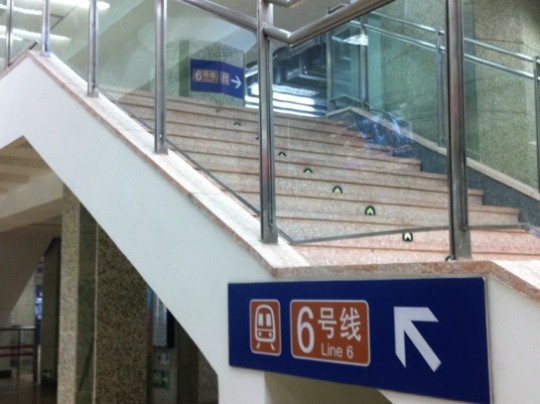
Congratulations to Beijing, which now holds the distinction of having the longest metro system in the world. Four new lines went into operation yesterday — the second phase of Line 10, turning it to a loop; the southern section of Line 8; the northern section of Line 9; and the newly opened Line 6 — giving the city 16 subway lines stretching 442 kilometers. The system can accommodate more than 9 million passengers per day.
According to Wikipedia, Shanghai is No. 2 with 437 kilometers of track, followed by Seoul at 406.2 kilometers, then London at 402 kilometers.
But Beijing isn’t done. According to Xinhua:
From 2013 to 2015, Beijing will put at least one new subway line into operation each year, according to the Beijing Metro Company.
By 2015, the number of subway lines in Beijing will reach 19, with a combined length of 561 km. By 2020, the total subway length is expected to increase to 1,000 km.
Here’s the new station at Dongsi, via Xinhua:
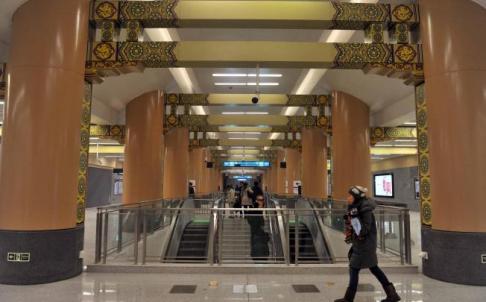







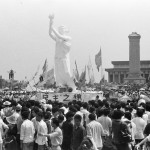



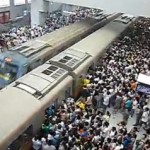

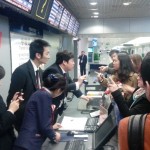






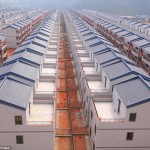


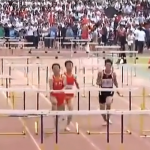
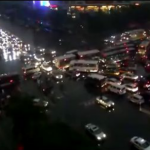













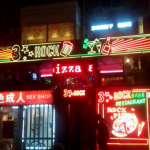






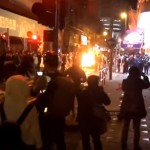
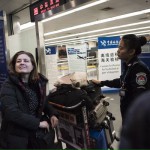
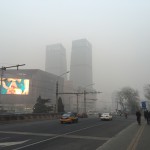

Way to go, Beijing! Do they all have those glass partitions separating the platform from the rails? Because I wouldn’t want that hot new NYC trend to spread to all of those hip young Beijing trendsetters trying to ride the wave of popularity.
One of the things that concerns me greatly about the subways is the continual overcrowding. During rush hour there are never enough subway platform officers to regulate the flow of passengers or to hold the crowds back either when entering or exiting the subway cars.
Also, none of the subway staff working on the platform have any first-aid training. There are no stretchers in case anyone falls down, gets sick or is attacked. There aren’t rest areas for those who suddenly become ill or even for the aged who may become dizzy or disoriented during their travel. Finally, the staff that mans the platform are completely indifferent to the plight of the passengers.
Even the subway drivers have no first-aid training.
Every airline must, by international law, have fully trained staff for any and all emergencies. All western and most Asian train systems have qualified staff to deal with emergencies, including dispensing first-aid by qualified attendants.
All this must change if the Beijing subway and other Chinese subway systems are to be the transportation infrastructure for the future of the cities and their inhabitants.
The same could be said for Mainland hospitals and other medical clinics.
They’ll get there at some point. But how can you be sure that the attendants and other personnel haven’t received rudimentary training? Seems like a leap to claim otherwise.
Beijing Cream should send a reporter to find out. I nominate the General himself to fake a seizure at one of the new terminals and report back to us.
In response to P. Research has been done on the subway system. In fact, reliable people have spoken with a great number of subway platform staff and other personnel to discover no first-aid training has been offered or even suggested.
Furthermore, there is no easy way to evacuate the sick or injured from the crush of people in any subway station at any time.
Finally, it’s next to impossible to get first-responders to the subway in time to save lives due to the traffic congestion and the drivers’ unwillingness to “give-way” to a police car or ambulance.
I wonder… are they building enough trains for all those new tracks? In Shanghai, the wait time between trains is ridiculous, especially in the suburbs. Ever wait 10 minutes for a train? I have, and only in Shanghai. Any longer than 1 minute in rush hour or 2.5 minutes at other times is too long.
Also, did they build any parallel track sections in Beijing? There’s none here and no plans for them either. So there are no express trains. Travelling 40 or 50k requires stopping at every damn stop.
Are Beijing trains driven by computers or do they have some half wit retard at the head of every train playing angry birds and eating McDonald’s when they should be driving the train? Shanghai has at least one computer controlled line, line 10, and it is the only one I’ve been on where the doors meet the middle of the platform doors when the train stops and the one that doesn’t stop randomly for no reason sending passengers flying. Incidently, a year or so ago their software malfunctioned and they attempted to drive the train using ZhongGuoRen power. They crashed.
Also, many Shanghai lines are severly overcrouded. Some lines, like line 9, are packed full like rush “hour” from 7am to 11am and from 3pm to 10pm, which is just fucking stupid.
In my opinion, Shanghai’s Subway is possibly the worst run system in the world. 400+ km of track, shinny new Canadian trains, and operated by a bunch of kindergarten drop outs. Beijing’s must be better than that…
PS. If I sound jaded, it may be because I ride the damn Shanghai Metro 12 or so hours a week! Tokyo’s metro and light rail systems are much much better than anything China could ever hope to offer, and much bigger than anything will ever be in China too. (think of which, the worst part of riding Chinese metro systems is Chinese people! Another reason Tokyo is a joy compared to here.)
I’ve been riding the subways in Beijing for the past fifteen years. At first, there were only two lines, Line 1, a smelly, no air conditioning set of carriages with people squeezed in like sardines.Summer was unbearable. The other, Line 2, a bit better.
However, with the advent of all these new lines and new cars, as well as upgrades to the old lines with new cars– one line is actually owned and managed by the HongKong (MTR), where no drinks or food are permitted — the average wait for all trains during rush hour is two (2) minutes, The subways have at least two conductors and oftentimes three in the driver’s cabin.
The new shiny slippery floors are a nice F YOU from the ___*censored*___ people who run the BJ subway.
American…I fail to see the reason for your vulgarity.